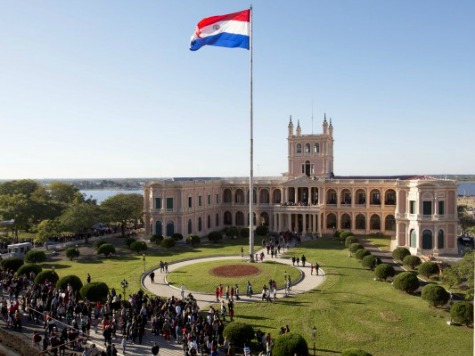
Paraguay’s presidential palace is in desperate need of refurbishing. Architects are warning that much of the palace is already greatly deteriorated thanks to a termite infestation, and several wings of the lavish estate are also endangered by the presence of bats.
According to BBC, architect Gustavo Glavinich of Paraguay’s Public Works Ministry warned that the support structures in the Palacio de López, which are made of wood, are slowly being eaten away by termites, and the additional bat problem threatens a cumulative 60% of the palace structure. The palace was completed in 1892 by Carlos Antonio López and serves as the residence as well as the office of the President.
While Paraguay invested $5 million in restoring the palace in 2012 that money only went to “the presidential office, the military cabinet, and the ceremonial room,” Glavinich noted. The nation has not budgeted any more money to restoring the building. Infobae notes that the lack of a second investment in refurbishing the east wing of the palace has left that half of the building particularly sensitive to structural damages that threaten the stability of the entire estate.
The government appears to be planning a renovation project currently in its nascent stages. The Associated Press reports that the state is planning to call for bids from contractors on the price of restoring the palace to its original splendor, but no details on how that process will happen have surfaced.
While pests threaten the infrastructure of the palace, President Horacio Cartes is considering a multi-billion dollar national infrastructure project. Bloomberg reports that the nation is considering an investment of $2.4 billion in sanitation, potable water, and several independent infrastructure projects. Paraguay is considering the aid of many nations; today, it will receive an official donation from Taiwan for a project called “Che Tapyi,” which will overhaul basic infrastructure, educational facilities, and public housing.

COMMENTS
Please let us know if you're having issues with commenting.